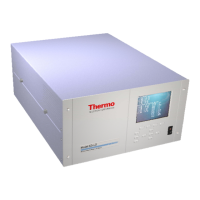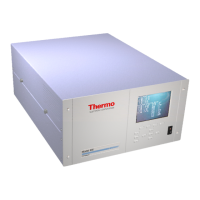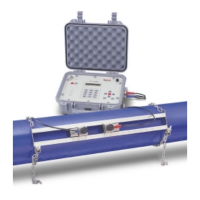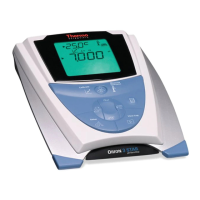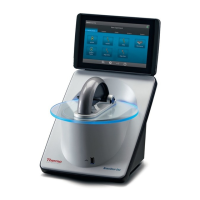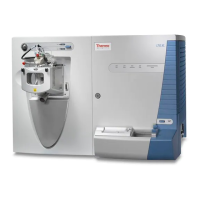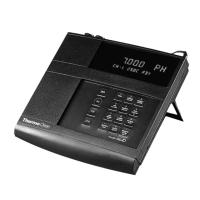EPD/HB/40521/000
ISSUE 5
EPD TECHNICAL HANDBOOK Page 2
The new EPD also has the following major features:
♦ Improved immunity to radio frequency interference (RFI).
♦ Display Backlight.
♦ EPD communication via an infra-red interface up to a range of approximately
1 metre.
♦ Improved dose profile facility.
♦ Real-time dose chirp (adjustable).
♦ Password protected dose store for ADS functions.
♦ Extended systems integration facilities.
♦ Count down timer and alarm.
Appendix C is a summary of the general physical & functional characteristics of the EPD.
1.3 Brief Functional Description
The EPD is a highly sophisticated device sensitive to gamma and X-rays (photons),
and beta radiation (energetic electrons) in the following energy range:
gamma, X-rays : 15 keV to 10 MeV
Beta radiation: 250 keV to 1.5 MeV (mean energy)
A full list of radiological characteristics and specifications can be found in Appendix A
to this Handbook.
Radiation detected by the three silicon diode detectors is combined to give the
following dose equivalents (as defined by ICRU Document 47):
(i) Hp(10) personal dose equivalent at a depth of 10mm of tissue (‘penetrating’,
‘deep’ or ‘whole body’ dose).
(ii) H
p
(0.07) personal dose equivalent at a depth of 0.07 mm of tissue
(‘superficial’, ‘shallow’ or ‘skin’ dose).
The EPD calculates both the accumulated dose and the dose rate for Hp(10) and
Hp(0.07). These, and other data, are stored in an internal store (EEPROM) within the
EPD. A button in the EPD case allows the user to retrieve this data from store, select
a range of displays, acknowledge alarms and perform user control functions. Data is
